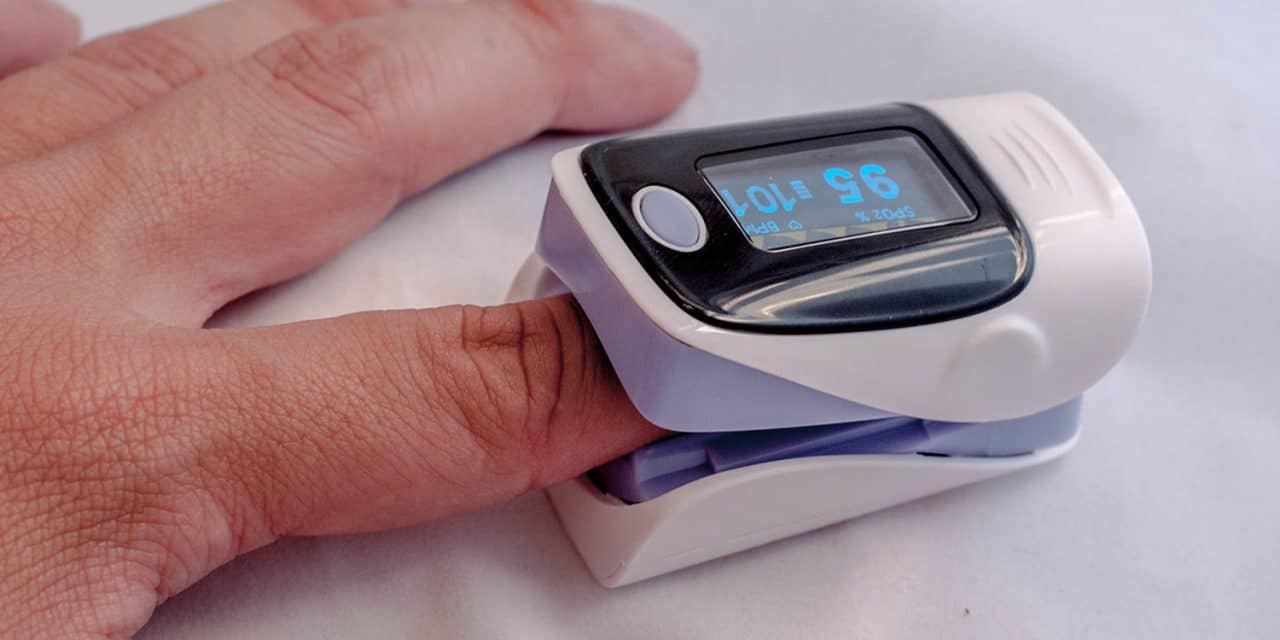Have you heard of pulse oximetry before now? pulse oximetry is a term used in reference to a noninvasive and painless medical test that is used to measure the level of oxygen in your blood, or your oxygen saturation level.
It is effective enough to rapidly detect even the smallest changes in how oxygen is efficiently being carried to the extremities that are furthest from the heart, such as the legs and the arms.
The pulse oximeter is a little, clip-like device that is attached to a body part, such as an earlobe or the toes. It is most commonly attached to a finger, and commonly used in a critical care setting such as an emergency room or a hospital.
It is not also out of place for some doctors, such as pulmonologists to use it in their office.
Purpose and uses pulse oximetry
The main goal of pulse oximetry is to find out how well a person’s heart is pumping oxygen through the body.
It can also be used to monitor an individual’s health with any type of condition that may affect blood oxygen levels, mostly while they’re still in the hospital.
Below are some of such conditions:
- Asthma
- Anemia
- Pneumonia
- Congenital heart defects
- Lung cancer
- Chronic obstructive pulmonary disease (COPD)
- Heart attack or heart failure
There are quite a number of cases where pulse oximetry are commonly used, below are some of such cases:
- To assess how effectively a new lung medication is functioning
- To evaluate whether a person needs help breathing
- To evaluate if a ventilator is helpful or not
- To monitor a patient’s oxygen levels during or after a surgical procedure that require sedation
- To find out how effective a new supplemental oxygen therapy is, working mostly when a treatment is new
- To assess a patients ability to tolerate a rise in physical activity
- To find out whether a person momentarily stops breathing while they are asleep — such as in cases of sleep apnea — while carrying out a sleep study
How pulse oximetry works
During a pulse oximetry reading, the doctor will place a small clamp-like device on the finger, an earlobe, or toe. Once the clamps are fixed small beams of light will pass through the blood in the person’s finger and measure the amount of oxygen.
The device does this by measuring the changes of light absorption in deoxygenated of oxygenated blood. This process is painless from start to finish.
You will be able to tell your oxygen saturation levels as well as your heart rate with the aid of the pulse oximeter.
Procedure steps
A pulse oximetry can be used both in inpatient and outpatient settings. Also, in some cases, a doctor may recommend that a patient has a pulse oximeter specially for home use.
The pulse oximetry process is as follows
Most commonly, it comes with a clip-like device that will be placed on the patient’s finger, toe, or earlobe. As a user, you may feel a little amount of pressure, but you should never feel any kind of pain or pinching.
In a few cases, the doctor may have to place a small probe on your finger or forehead, and it will have a sticky adhesive. You may have to take off your fingernail polish before the process if it is being attached to your finger.
You will have to keep the probe on for as the duration of the process as it is the time required to monitor your oxygen saturation and pulse. When you are have your physical activity capabilities, l monitored, this will be during the duration of the exercise as well as the recovery period.
When undergoing surgery, the probe will first be attached before you go to bed, and taken off once you’re fully awake and do not need to be under supervision any longer. Sometimes, it will be used only to take one reading quickly.
Once the test has come to an end, the clip or probe will be taken off.
Pulse oximetry readings
Pulse oximetry is believed to be a typically fairly accurate medical test. This is true mostly when you are using high-quality equipment that is found in most hospital settings or medical offices.
It consistently gives results within a difference of 2-percent either way of what it indeed is. If for instance, your reading was 82 percent, it means your true oxygen saturation level is anywhere from 80 to 84 percent.
Nevertheless, the quality of the individual’s waveform and assessment must also be considered. The Factors that may affect the result or accuracy include temperature, movement, or nail polish.
Typically, in a person who is healthy, more than 89 percent of their blood must be carrying oxygen. The oxygen carried in the oxygen saturation level that is needed to keep both your cells and your body healthy.
Note that having an oxygen saturation that is below this temporarily has never been believed to cause damage, when there is a repeat or consistent case of lowered oxygen saturation levels, it may be considered to be damaging.
When you have an oxygen saturation level of 95 percent, it is usually considered to be normal for most healthy people. A recorded level of 92 percent is considered to indicate potential hypoxemia, or a deficiency in the amount of oxygen reaching tissues in the body.
What is next after a pulse oximetry test?
Once the test has been done, your care provider will make sure that the readings are available immediately. This is what will help them determine if there is need for any other form of testing or treatment.
If, for instance, the goal is to evaluate how well your oxygen supplementation therapy is working, then a reading that is still on the low side may be an indication of the need for some more oxygen.
It is left to your healthcare provider to tell you what the necessary next steps for treatment are. If you’re making use of pulse oximetry at home, they will allow you get information on how often to have your readings taken and what to do if your readings go above or below a specific level.
Final thoughts
Pulse oximetry is a swift, painless, and noninvasive test. It comes with zero risks apart from potential skin irritation that may be as a result of the adhesive that is used in some kinds of probes.
We hope that you found this article useful. Kindly let us know what your thoughts are by leaving a comment below.













